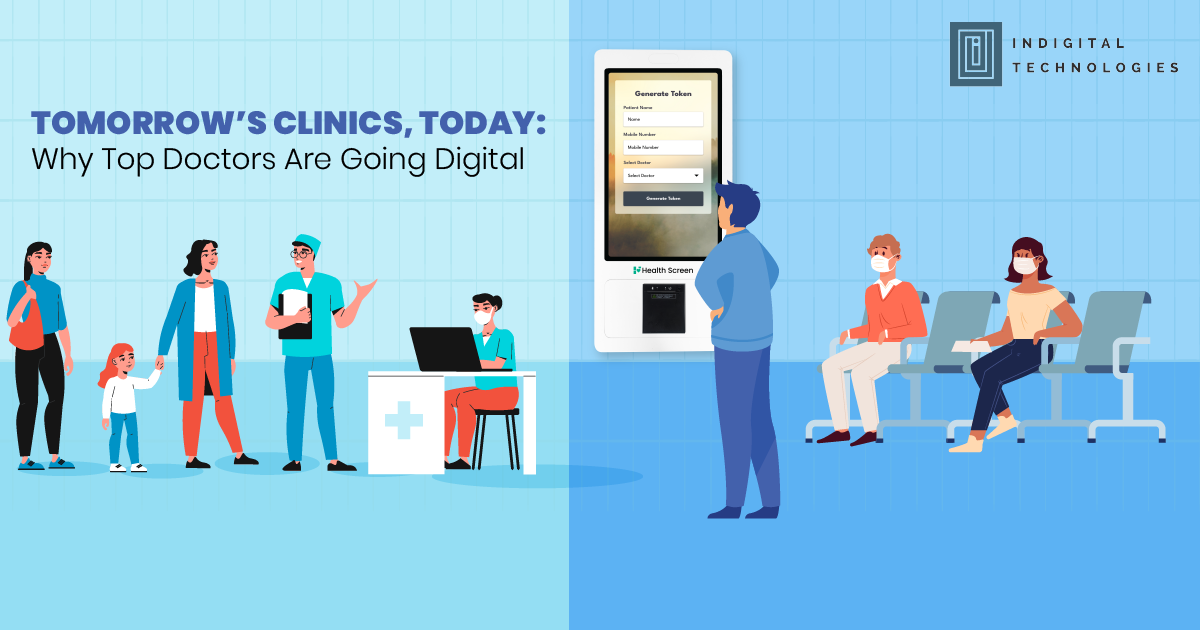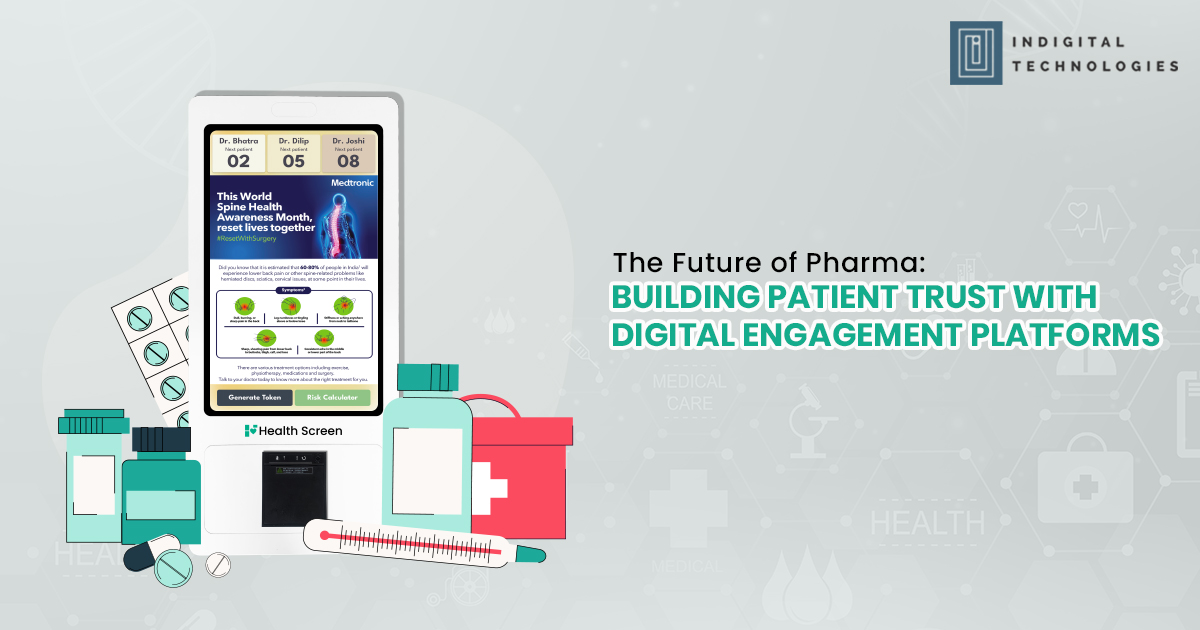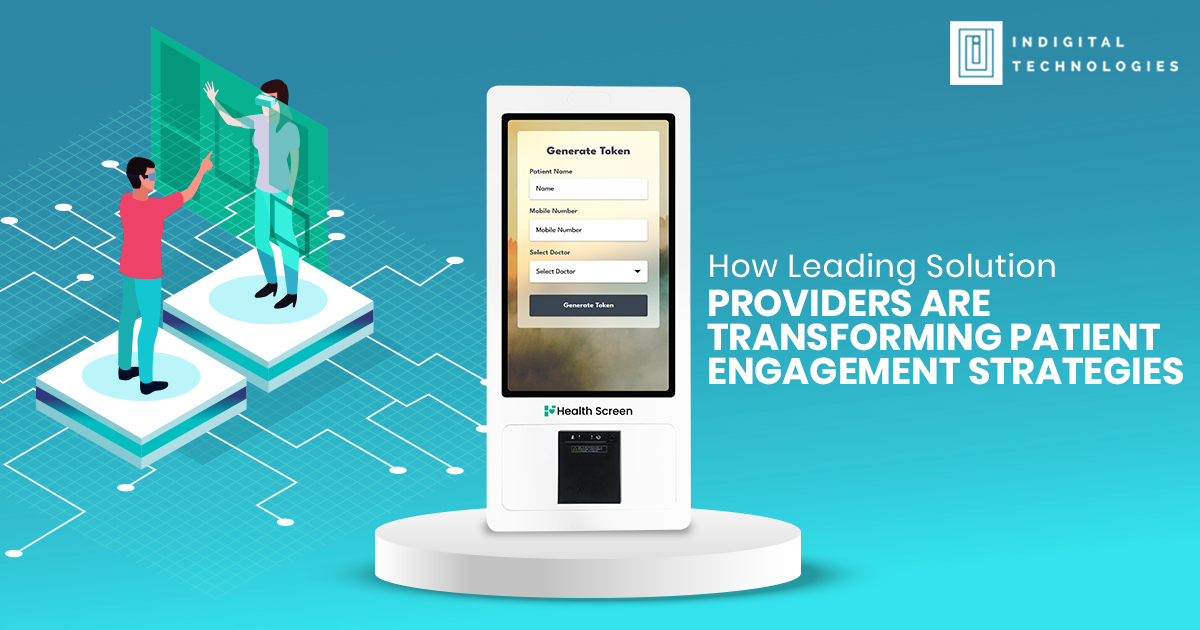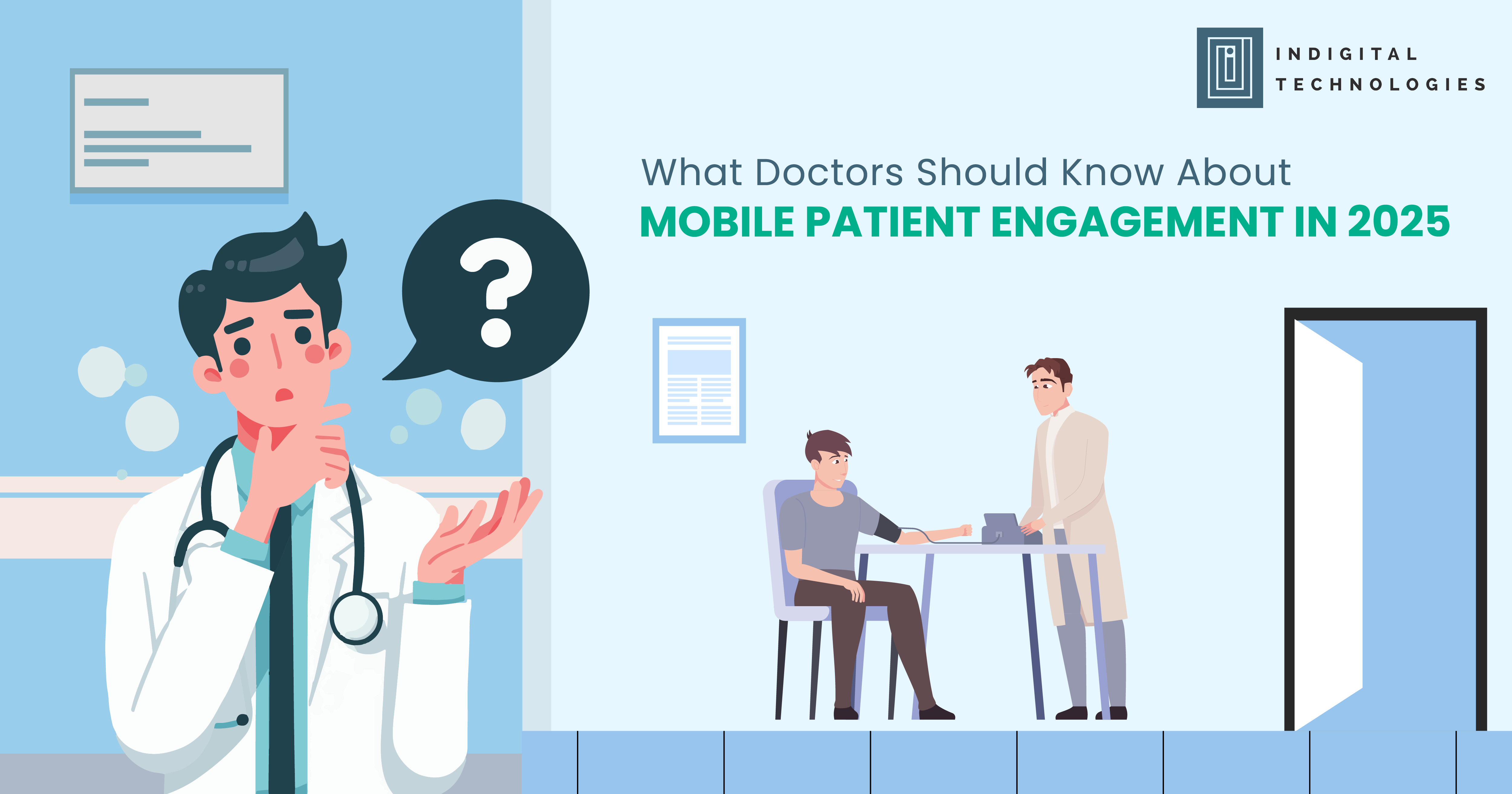The modern clinic is no longer just a room with a table, chair, and stethoscope. Across India, top doctors are embracing a digital-first approach—not as a luxury, but as a necessity. From smart queue management systems to patient education displays, the shift is clear: digital clinics are the future of private practice.
But why are India’s most respected clinicians making this shift today?
Let’s explore what’s driving this transformation—and why pharma should be paying close attention.
The New Expectations from Patients
Today’s patients walk in with Google searches, YouTube videos, and expectations of transparency. They want:
- Shorter waiting times
- Clear explanations of their health condition
- Personalized interactions
- Access to take-home guidance or digital content
Doctors who rely only on verbal consultations or paper slips are often overwhelmed, resulting in rushed visits and repeat queries.
Digital tools change this.
What Going Digital Looks Like
A “digital clinic” isn’t necessarily high-tech. It simply means a clinic where systems support better flow and engagement.
Examples:
- Token-based patient flow reduces waiting room chaos
- Screens displaying health content educate while patients wait
- QR codes allow patients to scan and learn more at home
- Digital prescription pads ensure clarity and save time
- Feedback forms and alerts help doctors track treatment satisfaction
These tools streamline operations and create a modern healthcare experience.
Why Top Doctors Are Making the Shift
- Time Efficiency
Digital tools save an average of 4–6 minutes per consultation, which adds up to an hour saved daily in a busy OPD. - Better Patient Understanding
Visuals and videos improve comprehension. Patients are more likely to follow treatment plans when they understand them. - Practice Growth
A digital setup enhances reputation. Patients are more likely to refer doctors who seem updated, responsive, and professional. - Less Administrative Load
Token systems, automated alerts, and pre-consultation content reduce pressure on clinic staff.
A Pharma Perspective: A Window of Opportunity
For pharma companies, digital clinics are not just trends—they are new points of influence.
- Educate patients at the point of care with branded visuals
- Offer digital assets to doctors that align with therapy areas
- Partner with tech-enabled clinics to gain real-world patient insights
- Get brand exposure through in-clinic digital engagement screens
In essence, the doctor’s clinic becomes a platform for pharma, not just a place for prescriptions.
Doctor’s Case: A Diabetologist in Pune
Dr. T., a senior diabetologist in Pune, integrated a smart engagement system with queue management and patient education on sugar control. Within 3 months:
- Patient retention rose by 40%
- More patients came in with follow-up questions triggered by the content
- Pharma partners noticed a significant increase in prescription volume for branded medications featured in the education videos
The Cost Myth: Digital ≠ Expensive
Most digital upgrades in clinics are now plug-and-play, subscription-based, and cost less than hiring one extra assistant per month.
Moreover, pharma collaborations can offset much of this cost when devices or services are co-branded or sponsored.
Final Thought
“Tomorrow’s clinics” aren’t a decade away—they’re already operating in Mumbai, Pune, Surat, Hyderabad, and beyond. The doctors leading this change aren’t just offering treatment; they’re offering an experience.
Pharma professionals who engage with this transformation early will stand out as enablers, not just suppliers.




